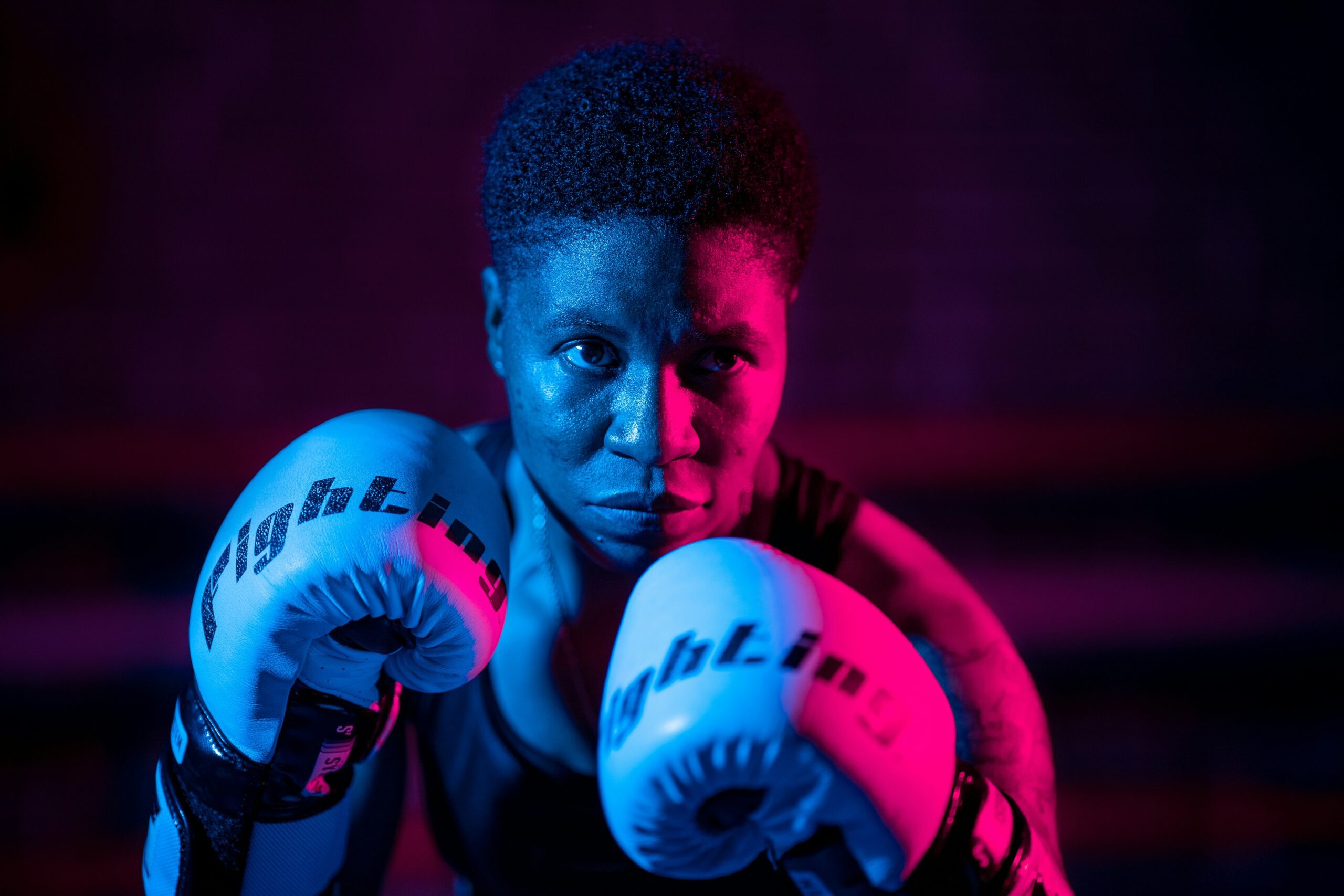

Introduction: The History of Women in Sports
The world of sports has long been a stage for competition, excitement, and triumph. Yet, beneath the cheers and accolades lies a rich history marked by struggle and perseverance—especially for women. From early pioneers fighting for recognition to today’s athletes shattering records and glass ceilings, women’s contributions to sports are both profound and transformative. As we look back on their journey, it becomes clear that these trailblazers have not only changed the landscape of athletics but also redefined what it means to be strong and capable in society. It’s time to celebrate their achievements while acknowledging the challenges that remain in pursuit of true equality in sports.
Challenges Faced by Women in the Sports Industry
Women in the sports industry face a myriad of challenges that can hinder their progress. Despite increased visibility, stereotypes persist. Many still view women’s sports as less competitive or important than men’s.
Access to resources is another hurdle. Female athletes often receive less funding and fewer sponsorship opportunities compared to their male counterparts. This discrepancy affects training, equipment, and overall support.
Media coverage remains imbalanced too. Women’s events are frequently sidelined or given minimal airtime, limiting exposure for female athletes and diminishing role models for young girls.
Moreover, systemic issues like sexism and harassment create toxic environments in many sports organizations. These barriers discourage participation at various levels—from grassroots to professional leagues.
Addressing these challenges requires collective action from all stakeholders involved in the sporting world—athletes, fans, organizations, and policymakers alike.
Female Athletes Who Paved the Way for Gender Equality
Some women have left an indelible mark on the world of sports. Their achievements go beyond medals and records; they’ve reshaped societal perceptions.
Consider Billie Jean King. She fought not just for her rights but for all female athletes. Her unforgettable victory in the “Battle of the Sexes” was a turning point, showcasing that women can compete fiercely against men.
Then there’s Serena Williams, who has dominated tennis while advocating for equal pay and representation. Her powerful stance has inspired countless young girls to pursue their dreams fearlessly.
Additionally, Mia Hamm transformed women’s soccer into a global phenomenon. Her charisma on the field helped elevate women’s sports visibility like never before.
These trailblazers remind us that every step forward is built on someone’s courage to challenge norms and push boundaries. As we celebrate their legacies, we recognize that their impact continues to inspire future generations of female athletes striving for equality.
The Impact of Title IX on Women’s Participation in Sports
Title IX, enacted in 1972, fundamentally changed the landscape for women in sports. This legislation prohibited sex-based discrimination in any school or education program receiving federal funding.
Before Title IX, female athletes faced significant barriers. Opportunities were limited, and funding often favored men’s programs. The law demanded equal treatment across genders.
As a result, participation rates soared among women. Girls began to join teams at schools that previously overlooked them. College athletics expanded with more scholarships available specifically for women.
The ripple effect extended beyond the playing field. Female role models emerged, inspiring future generations to pursue their athletic dreams without hesitation.
Today’s competitive environment boasts high-profile female athletes who continue to break records and stereotypes alike—thanks to a law that championed equality when it was desperately needed.
Breaking Stereotypes and Empowering Future Generations
Breaking stereotypes in sports is crucial for empowering future generations. When young girls see female athletes excelling, it reshapes their understanding of what they can achieve.
These role models challenge traditional norms and inspire confidence among aspiring athletes. They showcase that strength and resilience come in many forms.
Media representation plays a significant role as well. Positive portrayals of women in sports help shift public perception. This visibility encourages more girls to participate, fostering a culture where female athletes thrive.
Coaching and mentorship programs are equally important. They provide guidance and support, nurturing the next wave of talent. These initiatives teach skills beyond just athletic performance; they instill leadership qualities essential for success.
As barriers continue to fall, the impact becomes evident not only on fields and courts but also in boardrooms and communities worldwide. Empowering young girls today means creating a richer tapestry of sporting excellence tomorrow.
Conclusion: The Ongoing Fight for Gender Equality in Sports
The fight for gender equality in sports continues to evolve. Women have made significant strides, but challenges remain. The struggle isn’t just about participation; it encompasses recognition, respect, and equal pay.
Female athletes are breaking records and stereotypes daily. They are not only excelling in their respective fields but also advocating for change within the industry. Their voices resonate beyond the playing field, inspiring countless others to pursue their passions without hesitation.
Organizations and supporters play a crucial role in this movement as well. Communities rally behind female athletes, pushing for equitable resources and opportunities across all levels of competition. This collective effort has sparked conversations that challenge outdated norms.
As we look ahead, it’s clear that progress is possible when everyone stands together for equality. The journey toward a more inclusive sports landscape requires ongoing dedication from fans, media outlets, policymakers, and aspiring athletes alike.
Gender equality in sports isn’t just an aspiration; it’s a necessity that benefits society as a whole. Each step forward fuels further momentum toward creating an environment where every athlete is celebrated equally regardless of gender.
